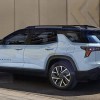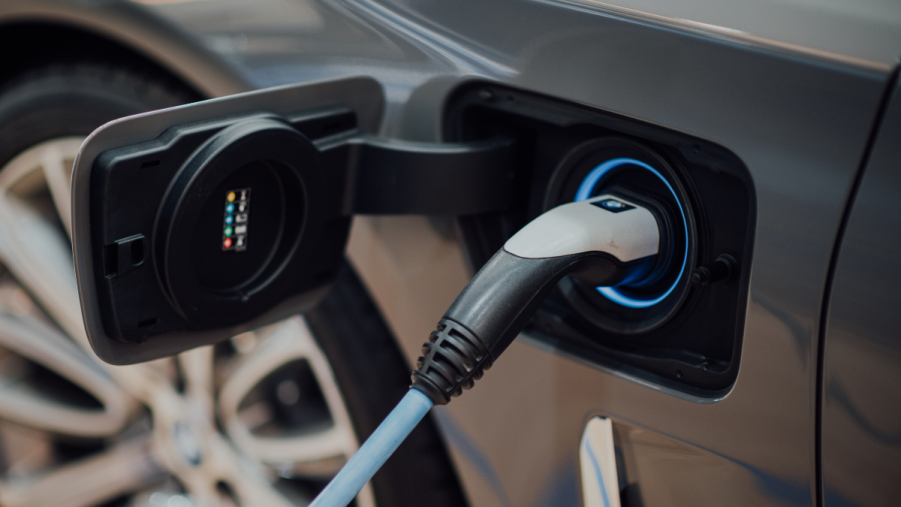
7 Electric Car Terms You Should Know to Sound Smart
The electric car industry is expanding in popularity, with models coming from almost every automaker soon. Catching up on the terminology is a good idea if you’re in the market for an EV. For the most part, electric cars aren’t too different from internal combustion engine models. However, you should know a few things about the various terms used to describe electric cars. Here are seven electric car terms you should know to sound smart when talking about them.
Electric car terms you should know – Motor power
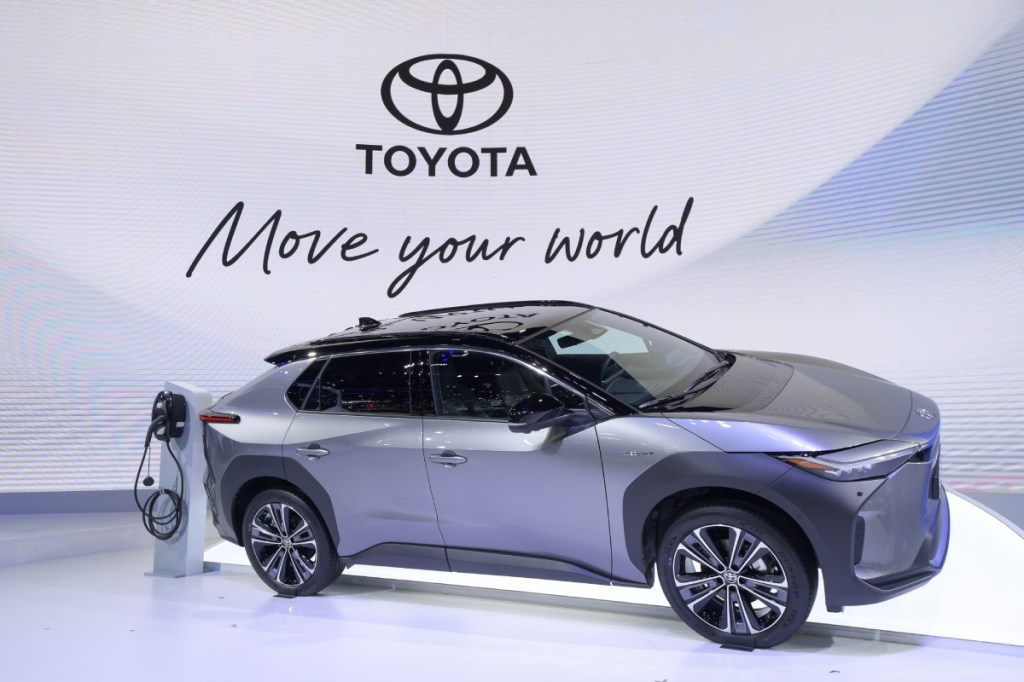
In North America, automakers tend to quote the power of electric motors using horsepower, just like standard engines. However, automakers measure motor power in kilowatts. For example, a single kilowatt is equivalent to 1.34 horsepower. If you’re reading about an electric car whose motor is rated in kW, adding one-third to that number is roughly the horsepower it has. Tricks like this make it easy to find the power of an electric vehicle, even when it’s not given.
Battery capacity

Every electric vehicle has a battery that provides its power. Each one of the batteries has energy measured in kilowatt-hours. Measuring in kilowatt-hours probably sounds familiar to anyone who pays a utility bill. Providers present bills to you for your home’s electrical usage using the same units. Battery capacity in kWh is the time in hours over which a battery can output power in kilowatts.
For example, smaller electric cars with 200 miles of driving range usually use batteries with around 60 kWh. In short, the battery can provide 30 kW for two straight hours of driving. According to Car and Driver, “EVs traveling at a steady speed usually require a fraction of that power. Some of the energy used to accelerate the vehicle and overcome aerodynamic and road-load drag can be recaptured through regenerative braking.”
That’s where “usable” battery capacity comes in, which is what CAD quotes. Usable indicates the amount the car can draw on, while gross capacity automakers quote includes buffers that prevent the battery’s depletion.
Home charging
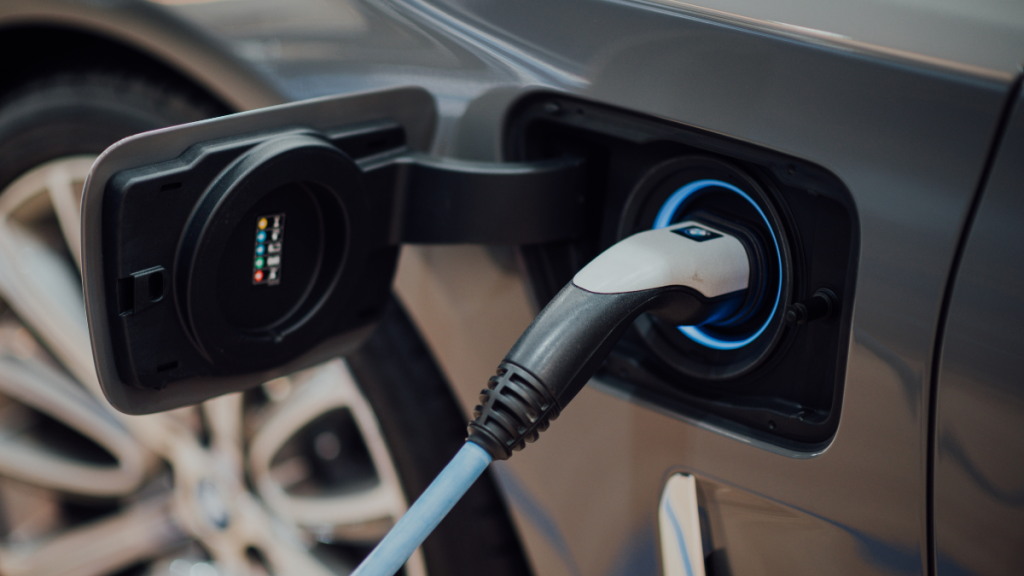
It doesn’t take much effort to figure out what this one is, even from the title. However, different charging levels can make things more complicated. Firstly, Level 1 uses a standard 120-volt outlet as you’d find in your home. Secondly, Level 2 requires a 240-volt outlet as you’d find powering your electric oven, dryer, or other large appliances. Replenishing more than 30 or 40 miles of driving range each day requires Level 2 charging capability. In general, Level 2 systems will charge EVs six to 20 times faster than their Level 1 alternatives.
Moreover, Level 2 charging is less critical than you’d think. Contrarily, Level 1 charging is good enough for most electric car owners. With a Level 1 hookup at home and the 120-volt charging cord that comes with the car, drivers commuting 30 or fewer miles daily can get by easily. In some cases, automakers provide owners with swappable pigtails so chargers can work with 120- and 240-volt outlets. Lastly, public charging stations like those you’d find at a mall parking lot are Level 2 chargers.
Electric car terms – DC fast charging
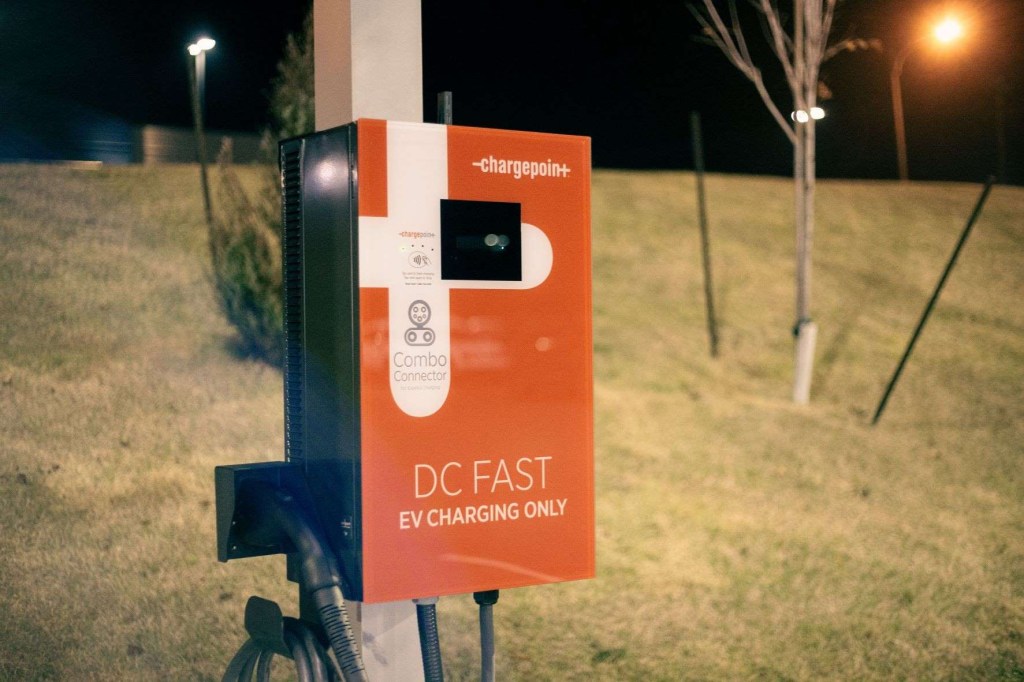
This isn’t fast charging from Marvel’s biggest competitor. Instead, it’s the next step up from Level 1 or Level 2 home charging. DC fast charging is not something most people will have installed in their homes. However, rest stops and major intersections will use DC fast-charging stations. The charging rate slows as the battery nears full, so these are more effective when the car’s battery is closer to depletion. These are the fastest way to get your electric vehicle back on the road during a long road trip.
Charging rate
Like with home charging, most people can probably figure out what this one means. Kilowatts measure an electric vehicle’s charging rate: Levels 1 and 2 home charging run from about 1.0 to 19.2 kW, depending on the model. DC fast charging rates vary even more from model to model. CAD says their rate today can go as high as 350 kW, making old capabilities like 24 kW obsolete.
You should know what MPGe means
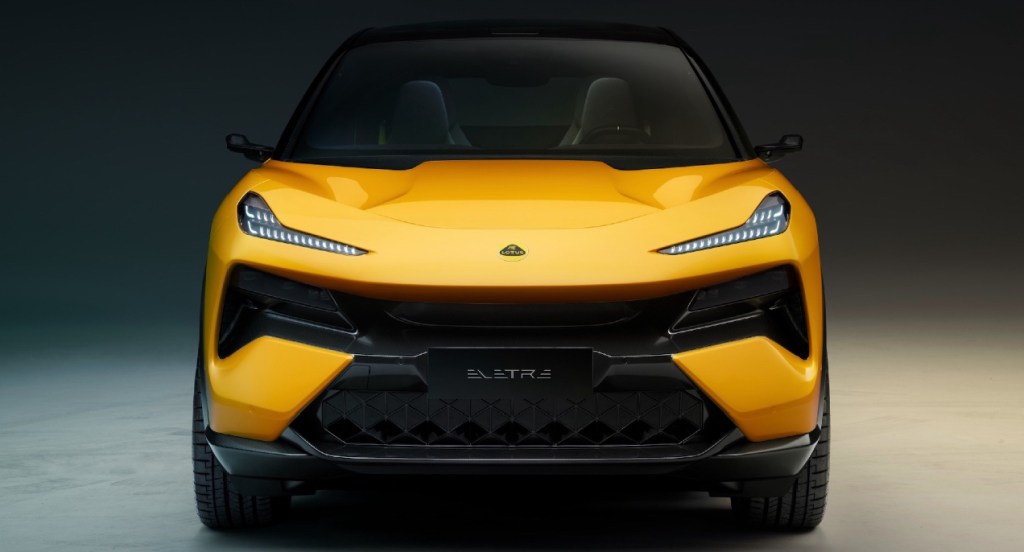
Miles Per Gallon Equivalent is used for the same purpose as the similar term you probably already know. It simply measures how far an electric car can drive on the energy contained in one gallon of gasoline. Moreover, this is the EV efficiency used by the EPA, allowing automakers to show how their electric car performs compared to gas-powered models.
Furthermore, CAD says the total driving range is the more important measurement of the two. Considering weather and speed conditions during the route, drivers need to know if they’ll make it from point A to B. Efficiency when talking about electric cars is geared more toward energy consumption, typically expressed in watt-hours per mile.
The last electric car term you should know is “bidirectional charging.”
Bidirectional charging is sometimes called “power out” or “vehicle to load,” according to Car and Driver. In short, the term means the ability to export electricity from the battery pack using a 120-volt or 240-volt outlet built into the electric car. When doing so, the power output is usually 1.9 to 9.6 kW. More and more, this is becoming a selling point for many EVs in the market.
EV owners can use outlets used for bidirectional charging to operate anything that runs on electricity. EVs are capable of standing in for a loud, gas-consuming generator. It’s the perfect tool for a job site requiring outlets where they aren’t present. Lastly, an electric car with this capability can charge another EV with a dead battery, stranded on the side of the road. Ford’s F-150 Lighting pickup truck is highly-touted in this area, claiming it can power a house for a few days in case of an emergency.
Electric car terms you should know
You’ll sound like a true expert if you’re well-versed in all of these electric car terms. Whether you’re researching to purchase an EV, need the knowledge to talk to a salesperson, or just want to sound smart in front of friends, this is valuable information everyone should learn. Knowing electric car terms like these will soon be as important as miles per gallon, jumping a battery, or other standard ICE vehicle terms. We think these are the seven electric car terms you should know if you want to sound smart.
